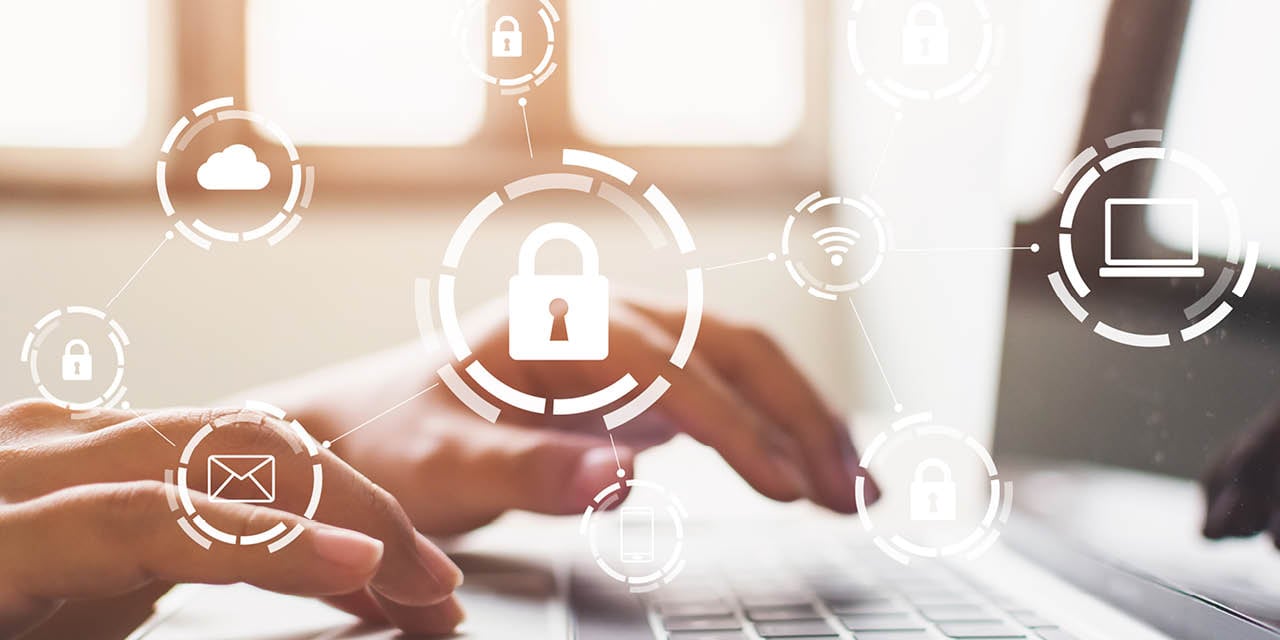
Creating a Digital Estate Plan
Many of your assets are virtual now. Here’s how to protect them after you’re gone.
Given the extent to which we live our lives online, it’s become critical to treat digital assets the same as any other asset. That means protecting and preserving them – and making them part of your estate – with arrangements for what happens to them after you pass on.
What is a digital asset? It’s any material that includes text, graphics, audio, video and animations. Simply put, almost anything you keep a digital record of should be considered a digital asset and is something that should be noted in your digital estate plan.
Digital assets can be separated into four categories:
Photos, videos, emails, contact lists, music, medical records, blogs, e-books, gaming assets, avatars, home security systems, loyalty programs
Facebook, Twitter, Instagram, Pinterest, LinkedIn, etc.
Bank and credit card accounts, tax documents, PayPal, Apple Pay
Business-oriented social media, domain names, customer and vendor information, intellectual property
Creating a Digital Estate Plan
The first step in creating your digital estate plan is to take inventory of all your digital assets. It’s important to be meticulous with your checklist and consider everything from social media accounts to online banking information. If you bank online, you should list all your financial institutions and accounts, in addition to any investment and retirement accounts. This digital inventory should be updated regularly when new digital assets are acquired or credentials are changed.
You should also appoint a digital executor in your will, someone who will have access to all your digital assets as well as your smartphone and your social media accounts after you pass. While it may be easier to appoint a family member as your digital executor, it is not a necessity. Your attorney or another trusted professional can serve as digital executor. The important thing is to make sure it is someone you can trust completely.
Remember, it is still possible for heirs to access your accounts after you’re gone even without a record of your password. Many phones allow you to establish a contact in the event of your passing (often known as a Legacy Contact or Inactive Account Manager) that can help in the transition.
Protecting Against Fraud
You’ll want to protect your accounts from fraudulent attacks, which can be common after a person has passed away. If a hacker can obtain your Social Security number, date of birth, and/or account numbers, they can gain access to accounts that have yet to be closed while family members are unlikely to be paying attention.
Baird has partnered with InfoArmor, an identity protection firm that can help keep your assets from harm. If anyone tries to access the accounts of someone who is recently deceased, InfoArmor can notify a family member or designated executor immediately so that the breach can be closed and remediated appropriately.
Handling Social Media Accounts
Without some sort of intervention from a surviving loved one, social media accounts can live on in perpetuity. Until recently, anyone could notify LinkedIn after a user’s death and shut down an account with little to no documentation. Twitter currently allows family members to remove an account after presenting the company with proper documentation, such as an Authorization and Consent for Release of Electronically Stored Information.
Some people use the decedent’s Facebook account to issue announcements or create a memorial. Facebook also has a legacy contact option to close or “memorialize” someone’s Facebook page, without the ability to post as the individual. After some time, the best practice is to close these social media accounts down, to prevent anyone from hacking into a forgotten profile.
Our real lives have migrated online so gradually over time that it can be easy to lose track of how much our financial lives now live there. If you want to get your digital assets in order to make sure all of your online assets are protected, talk to your Baird Financial Advisor.


